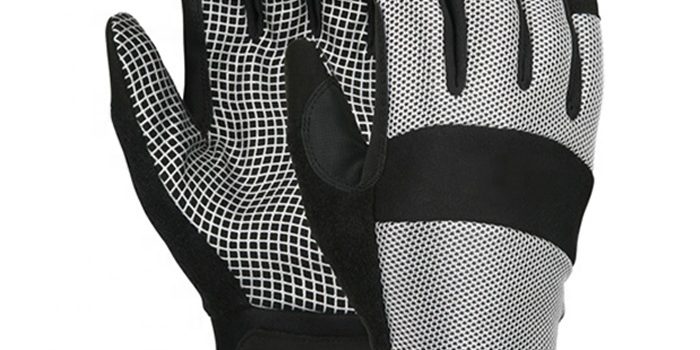Mechanics often work in diverse weather conditions, and their gloves must adapt accordingly. Let’s explore how mechanic gloves can cater to various seasons:
- Winter Mechanic Gloves: In cold weather, mechanics require gloves that offer warmth and insulation without compromising dexterity. Winter mechanic gloves often feature insulated linings and wind-resistant materials, providing comfort and protection during frigid temperatures.
- Summer Mechanic Gloves: In hot weather, breathability becomes a priority to prevent hands from becoming sweaty and uncomfortable. Mechanic gloves with mesh or perforated materials allow airflow, keeping hands cool and reducing the risk of heat-related discomfort.
- All-Season Mechanic Gloves: For year-round use, some mechanic gloves are designed with versatility in mind. These gloves may feature a combination of materials to provide a balance of insulation and breathability, ensuring comfort regardless of the season.
- Waterproof Mechanic Gloves: In wet conditions, waterproof mechanic gloves are essential to keep hands dry and protected. Neoprene or waterproof coatings prevent water from seeping through, maintaining comfort and grip during wet tasks.
- Hi-Vis Mechanic Gloves: In low-light conditions or during roadside repairs, mechanic gloves with high-visibility features increase visibility and safety. Reflective strips or bright colors enhance the gloves’ visibility to others, reducing the risk of accidents.
- Touchscreen Compatibility: As technology becomes increasingly integrated into automotive work, mechanic gloves with touchscreen compatibility enable mechanics to use smartphones or tablets without removing their gloves.
By investing in mechanic gloves designed for various seasons and weather conditions, mechanics can adapt to the changing environment while maintaining comfort and safety throughout their work. The right gloves enhance performance and protect hands year-round, ensuring a seamless experience in any weather.



















